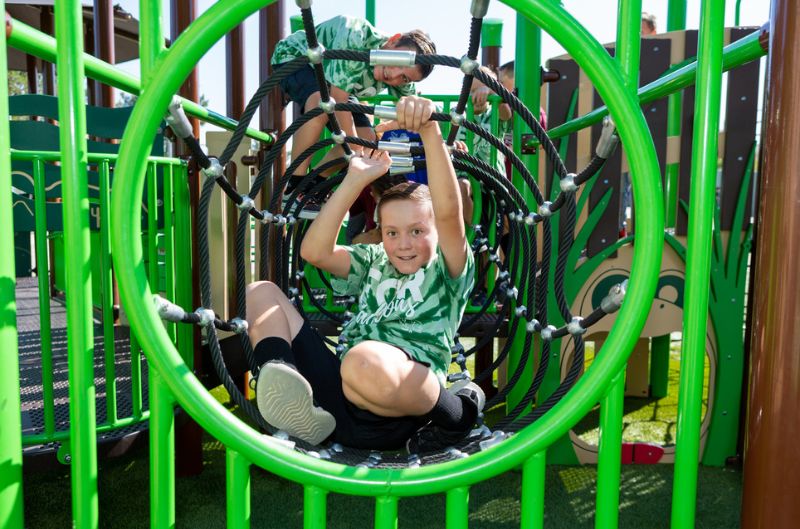
The 7 Principles Of Inclusive Play
Author: Austin Stanfel
Inclusive playing is the new trend; it’s the best. Did you know about the seven rules and principles of inclusive playing? These principles are what make inclusive playing fun. Let us take to the depth of these principles.
1. Fair Playing
Fair playing comes above all. If we ensure fair playing practices for kids, this will become a part of their lives, a habit or an instinct, and it will stay with them for the rest of their lives. Inclusive playing promotes fair playing so that kids learn to play fair, even if it means admitting their defeat.
2. Independent Playing
Although the playground promotes group playing and teaches your kids how to function in a group, inclusive play teaches your kids how to function independently. Because even if in a group, your kids need to work independently. They must do their tasks and find their way out of the barriers.
3. Safe Playing
Every playground must follow a set of safety rules and stand true to the safety standards essential for kids’ well-being. So inclusive play is to make efforts towards making playgrounds a safe place for our kids and introducing materials that are soft on our kids.
4. Comfortable Playing
Comfort over everything, right? Inclusive Play ensures that the equipment in the playground is comfortable enough for kids to play. From the playground markings to the material of swings and slides, everything needs to ensure a comfortable ride for kids so that they keep coming back and don’t just run away from physical activity.
5. Staying Active
Playgrounds are, in fact, there to keep your kids active and to move. So, it’s a must to have playground equipment that supports movements and not just sitting idle. Because kids can play sitting games even at home, what’s the purpose of bringing them to the playground if they are not going to stay active?
6. Included Playing
Playground equipment should be designed in mind that it will be utilized by kids of all kinds and all age groups. So it should be acceptable for use by a preschooler and an older kids. It should have different levels of difficulty as well as flexibility.
7. Smart Playing
Do you know what a piece of ideal playground equipment should look like? It should be fun and exciting to use. It should be intriguing and challenging enough to keep the kids engaged for some time. But at the same time, it shouldn’t be too hard to use. In other words, playground equipment should be innovative and intelligent.
Conclusion
So, these were the seven principles of inclusive playing. These principles are the root and soul of inclusive playing, and these principles were made to ensure that no kid feels inferior or left out while playing. Because playing together is what keeps kids together and helps build a loving bond between them.

